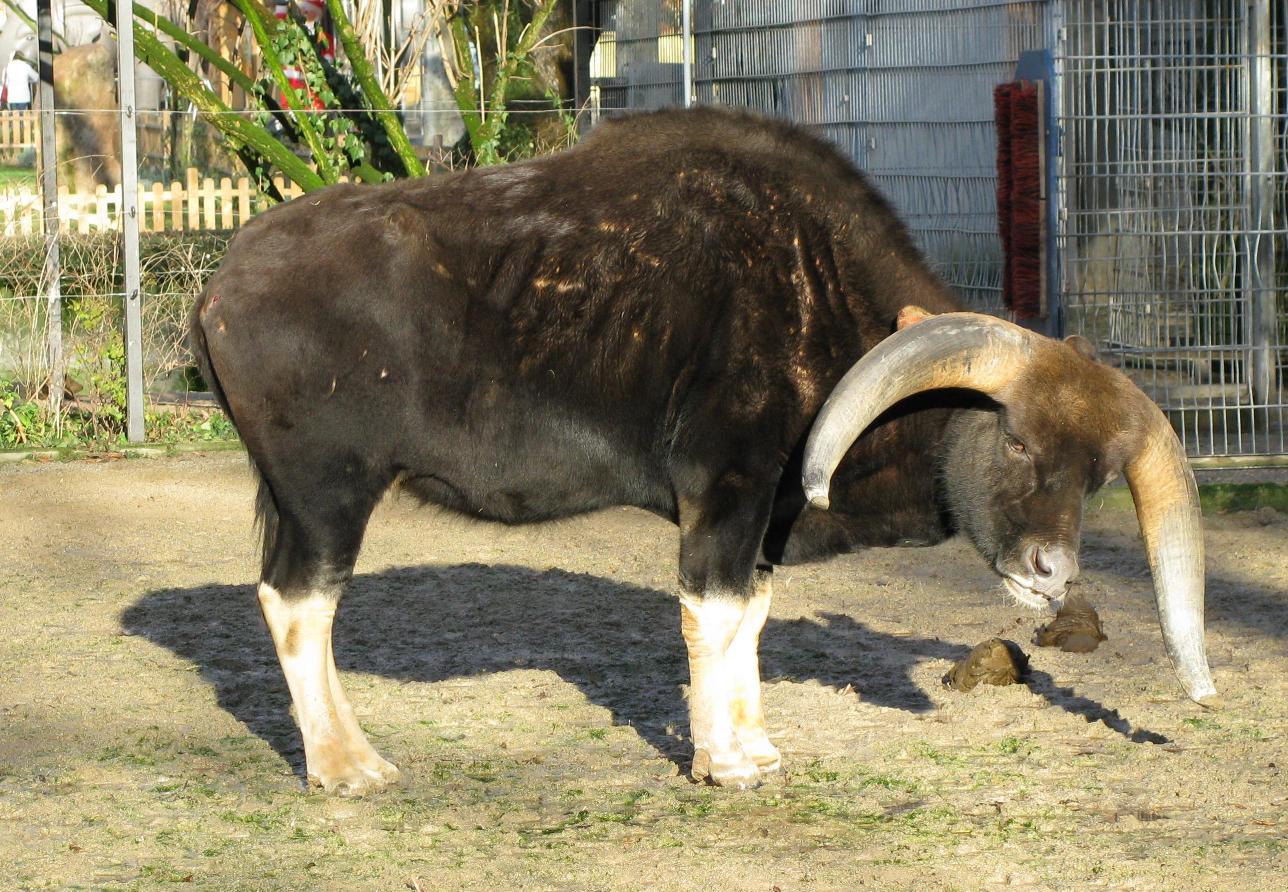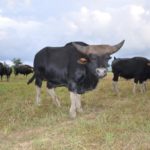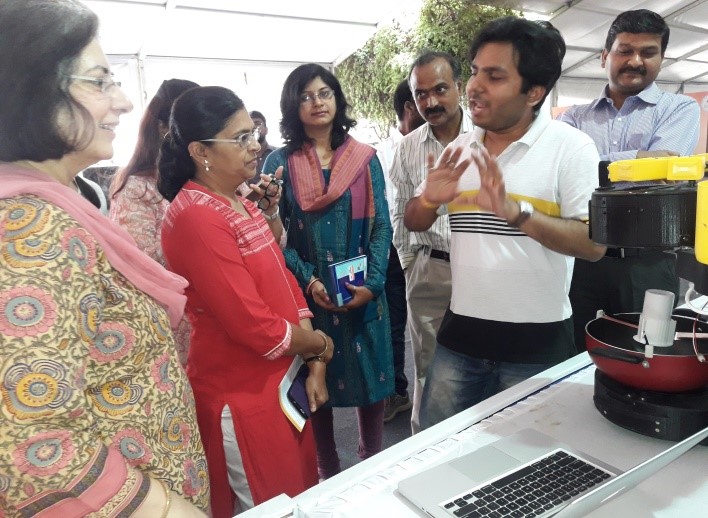
Genetic Profile of Mithun Reveals Unique Traits
- News
- 4K
Mithun often called ‘cattle of the mountains’, is rare cattle species reared in the subtropical rainforests of Northeastern hilly regions of India. A new study on its genetic profiling has revealed in information which scientists hope will help improve its population and save this species from extinction.
The study has confirmed that Indian Mithun is different from the other cattle found in the Northeastern hill region. Though there are similarities with the gaur bull as they share a common ancestry, it is established that Mithun did not originate from crossing gaur bulls with indigenous cattle.
The genetic profiling study has also shown that farm and field mithuns are genetically uniform. Results indicated a similar genetic make-up as the zebu and African taurine cattle capable of withstanding very high temperatures. The findings were analyzed using the Illumina BovineHD BeadChip, utilizing single nucleotide polymorphisms (SNPs) found in variable amounts in all cattle species. Fears of inbreeding have also been dispelled. It was found that inbreeding was more in Mithun reared on farms, although not significant.
The study was done by scientists from the Animal Genetics and Breeding Lab, National Research Centre on Mithun, Nagaland, led by Dr. Anupama Mukherjee and Dr. Sabyasachi Mukherjee.
Researchers feel the genetic information about the Indian Mithun could be useful in developing breeding and conservation programmes. Till now there were few records of traits and pedigree. The animal has special socio-cultural status among the indigenous tribal population in the region and its possession is considered as a sign of prosperity. Mithun is reared for its meat and is considered helpful as forests cover grows considerably where Mithun roams.
According to the study, a typical Mithun herd has 50 to 100 animals but only a few dominant bulls. Thus inbreeding is a real threat. Under the traditional system of rearing, mithuns are let loose in the forest. Other cattle species including indigenous cattle, yak, and gaur are also found in the same areas. This raises concerns about cross-breeding and introduction of new or modified genes, further threatening the very existence of the species.
The Mithun is a sturdy animal capable of surviving in difficult hilly terrains with very less or negligible human inputs. “It could be exploited as an alternative means of livelihood, for improved food and nutrition security in its present habitat and in similar environments elsewhere, and particularly in places where resources are scarce,” the researchers said.
The results of the study have been published in the journal Scientific Reports. The study team also included Moonmoon Mech, Imsusosang Longkumer, Nazrul Haque, Kezhavituo Vupru, Kobu Khate, I. Yanger Jamir, Pursenla Pongen, Chandan Rajkhowa, Abhijit Mitra (National Research Centre on Mithun, Nagaland); Rajan Dhakal, Bernt Guldbrandtsen, Goutam Sahana (Center for Quantitative Genetics and Genomics, Aarhus University, Denmark). (India Science Wire)
By Monika Kundu Srivastava [Image Wikimedia Commons]
Journal Reference
If you liked this article, then please subscribe to our YouTube Channel for the latest Science and Tech news. You can also find us on Twitter and Facebook.




